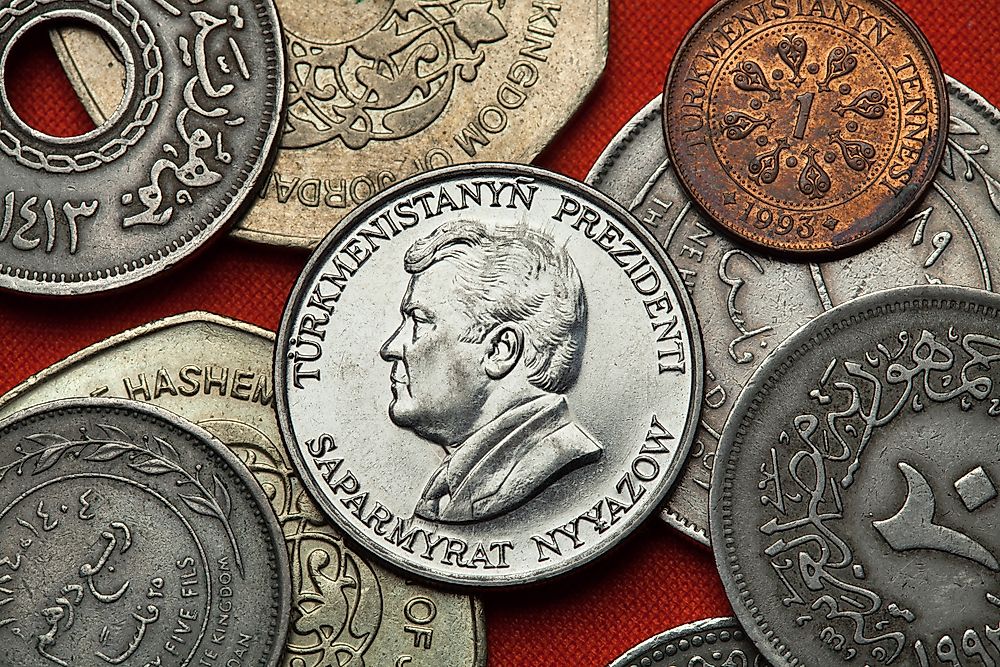Saparmurat Niyazov - People Throughout History

5. Early Life
Saparmurat Niyazov was born on February 19, 1940. His father is believed to have died while fighting the Nazis in World War II. His mother was called Gurbansoltan Eje. She is said to have been a member of a cult of personality. Niyazov was brought up in a Soviet orphanage and later put in the custody of a distant relative. He finished school in 1959 after which he became an instructor in the Turkmen trade-union exploratory committee. He then went to study electrical engineering at Leningrad Polytechnic Institute in 1967. He graduated with a diploma in electric engineering and proceeded on to further his studies in Russia. It seems like he did not complete his studies as he was expelled a few years later due to academic failure.
4. Career
Niyazov’s political career started in 1962 when he joined the Communist Party. In 1985 he became the first secretary of the “Communist Party of the Turkmen SSR”. This position was equivalent to that of the president. Niyazov supported the 1991 Soviet coup attempt which failed. He later persisted on trying to find ways of separating Turkmenistan from the Soviet Union rule. Consequently, Turkmenistan was declared independent in 1991 and Niyazov became the first president. He went on to be the first popularly elected president in Turkmenistan in June, 1992. In December, 1999, Niyazov was declared President for Life by the parliament. Niyazov served as president from 1991 to 2006 when he died.
3. Major Contributions
The first major contribution of Niyazov is that under his leadership, the government invested heavily in oil, plants, and machinery. The pipeline running from Korpedje field to Kortkoi in Iran was completed during his regime. Consequently, Turkmenistan became the second-largest oil reserve in the former Soviet Union. Niyazov’s second achievement as president was free access to water, gas, and electricity by the Turkmenistani since 1991. Thirdly, a textile industry was founded in Turkmenistan during his presidency. Niyazov also founded National Revival Movement whose aim was to promote the Turkmen culture.
2. Challenges
During Niyazov’s presidency, there was an alleged attempted assassination. This led to the arrest of thousands of suspects and their family members. The attempted assassination came at the height of both domestic and foreign political opposition to Niyazov’s rule. The foreign media accused him of being a totalitarian dictator. Furthermore, Global Witness, an international NGO, accused Niyazov of amassing personal wealth to the tune of US$3 billion.
1. Death and Legacy
Niyazov died of a heart attack on December 21, 2006. His death was confirmed by the Turkmen Embassy in Moscow and he was greatly mourned by the ordinary citizens. He was then succeeded by Gurbanguly Berdimuhamedow as president. Some of Niyazov’s legacy includes banning smoking in all public places in 1997. He also introduced a Latin-based Turkmen alphabet used in Turkmenistan today. Niyazov is also responsible for ordering the construction of the “palace of ice” situated near Turkmen State Medical University. With regards to foreign affairs, Niyazov promoted a strictly neutral foreign policy. As a result, Turkmenistan avoided membership in NATO or GUAM. The country has never engaged in any UN peacekeeping missions in as much as it is a member of Interpol. Most importantly, President Niyazov ensured that Turkmenistan had a strong, well developed economy.











